In Part 4 of Raising the Dead it is all about the last days before the “Big Dive”. The last words of Dave Shaw to his wife; the arrival in South Africa, the preparation at Bushmans hole and the last briefing with his crew…. with words which became dramatically true.
Raising the Dead – Part 4
IN NOVEMBER 2004, back home in his apartment in Hong Kong, Shaw was in almost daily e-mail and phone contact with Shirley. The Big Dive, as they started to call it, was set for early January, and one of the most elusive questions was the condition of Deon’s body. The forensics experts they consulted weren’t sure but guessed the corpse would be mostly bone. Shaw decided he’d better try to get it into a body bag for the trip to the surface or risk having it fall apart. Together with Ann, he designed a silk bag with drawstrings, long enough to fit over Deon’s fins.
Ann, a 49-year-old deputy head principal at Hong Kong’s German Swiss International School, was nervous about the dangers her husband faced. “I want someone to ring me as soon as you are on your way up,” she insisted. Shaw agreed but gave Ann the impression the dive would be taking place a day later than scheduled. That way, he could just call her when he was back on the surface and say, “Don’t worry. It’s all over and I’m fine.” If he wasn’t fine, he gently told Ann, he would arrange to have someone call Michael Vickers, their minister at Hong Kong’s Anglican Resurrection Church.
On the evening of Saturday, January 1, Ann made the 45-minute drive to Hong Kong’s Chep Lap Kok airport with 250 pounds of dive gear in her car. Shaw had been flying that day, and she met him at the Cathay Pacific offices and drove him to the departure area for his flight to South Africa. They sat together in a coffee bar. “You’re not crying, are you?” he asked. “No,” Ann replied bravely. Shaw got up to leave for his flight. He didn’t say, “I love you.” He didn’t need to. She knew.
Shaw arrived in Johannesburg six days before the dive. His first stop was Komati Springs, where he practiced getting a body into the bag underwater, with Shirley playing the part of Deon’s corpse. At 66 feet, it went smoothly, taking Shaw only a couple of minutes. A day later, he and Shirley drove to Mount Carmel, where seven South African rebreather divers, handpicked by Shirley, and a police team from Cape Town and Pretoria (since there was a dead body involved) were assembling. The dive would go off on the coming Saturday, January 8, and Shirley’s dive plan was like an underwater symphony. Shaw was looking at a dive that would last roughly 12 hours, and would hit the water around 6 a.m. All the other divers would key off Shaw’s dive time and head for specific target depths either to help look after Shaw or pass Deon’s body to the surface. The first diver Shaw would meet on the way back up was Shirley, at 725 feet. He would hand the body bag over, and, if things went well, Deon would be out of the water about 80 minutes after Shaw’s dive had started.
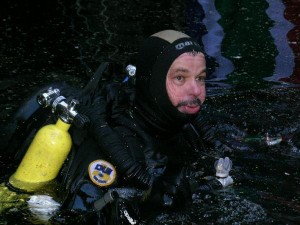 Shirley had done everything in his power to minimize the risks. He planned to have 35 backup cylinders of gas in the water—enough so that he, Shaw, and even some support divers could survive total rebreather failure. He arranged for a rope-and-sling system to be set up that could haul a diver on a stretcher up the cliffs of the hole to a recompression chamber that the police trucked in. To cope with any medical emergencies, Shirley had recruited a doctor—Jack Meintjies, a specialist in diving physiology at the University of Stellenbosch, outside Cape Town—to be on hand. When Meintjies realized that up to nine divers would be in the water, and learned the depths they would be going to, he almost backed out. “There were too many potential bodies. You are dealing with multiple divers going deep, and that’s serious,” Meintjies says.
Shirley had done everything in his power to minimize the risks. He planned to have 35 backup cylinders of gas in the water—enough so that he, Shaw, and even some support divers could survive total rebreather failure. He arranged for a rope-and-sling system to be set up that could haul a diver on a stretcher up the cliffs of the hole to a recompression chamber that the police trucked in. To cope with any medical emergencies, Shirley had recruited a doctor—Jack Meintjies, a specialist in diving physiology at the University of Stellenbosch, outside Cape Town—to be on hand. When Meintjies realized that up to nine divers would be in the water, and learned the depths they would be going to, he almost backed out. “There were too many potential bodies. You are dealing with multiple divers going deep, and that’s serious,” Meintjies says.
Shaw, for one, was quietly confident. At Mount Carmel, he stressed repeatedly that the effort was an “attempted” body recovery. “The dive is huge,” he told a collection of reporters and cameramen gathered a day before the dive. “No one has ever attempted anything even vaguely approximating a body recovery from these sorts of depths.” He also talked about his motivation with the team. “I think what you are doing for the Dreyers is great,” said Peter “Big B” Herbst, a 42-year-old dive instructor and the owner of Reef Divers, a dive shop and tour operator in Pretoria. Shaw looked at him, winked, and said, “Face it, B, we’re doing this for the adventure of it.”
Shaw did have one wrinkle to sort out. He had partnered up with South African documentary filmmaker Gordon Hiles to chronicle the recovery of Deon. Hiles had designed an underwater camera housing for a lightweight, low-light Sony HC20 Handy- cam and attached it to a Petzl climbing helmet. Shaw was not used to wearing a helmet. He liked to carry a high-intensity light on the back of his hand, and if he needed both hands underwater, Shaw would normally sling the light and cable around his neck so it wouldn’t snag on anything. The helmet cam would make it hard to do that. Shaw tried the device in the swimming pool at Mount Carmel and decided he was comfortable with the design and weight. He told Hiles that, instead of slinging his light around his neck, he would occasionally set it out to the side.
Three days before the dive, Shaw carried the camera on an acclimatization dive to 500 feet. It came out in perfect running order. “A very impressive bit of gear,” Shaw said to Hiles. “I’m sure you’ll be impressed with my video footage as well.” Everyone laughed.
The divers gathered for one last briefing on Friday. It was a warm, beautiful evening, and Shaw had some final points to make. “The most important person on this dive is you. If you have a problem, deal with your problem and forget about me,” he told the team. “It’s better to have one person dead than two.” He had a separate, private conversation with Shirley, who had upgraded his rebreather for the dive with an oil-filled Hammerhead controller so he could get all the way to the bottom of Bushman’s if he had to. Shirley had asked his friend, “If you have problems, do you want me to come down?”
Shaw considered the question and answered, “Yes, but only come down if I signal.”
Shirley and Shaw had one last message for the gathered team. “If Dave doesn’t make it, if I don’t make it, we stay there,” said Shirley. “That’s the end of the story. We don’t want to be recovered.”
Rhoody

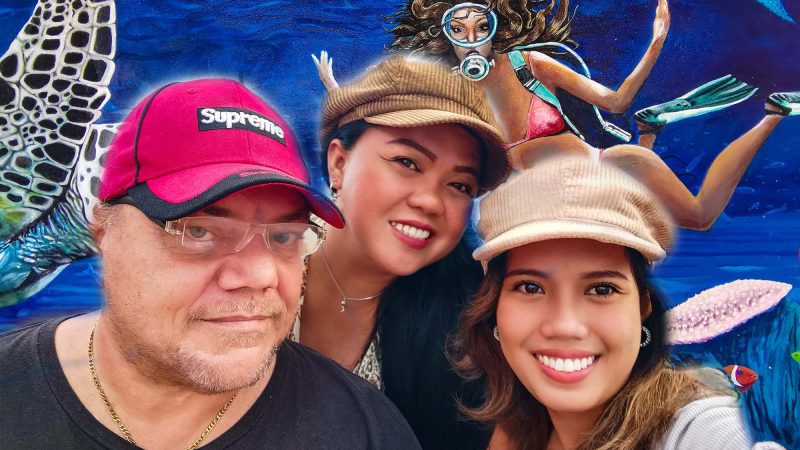
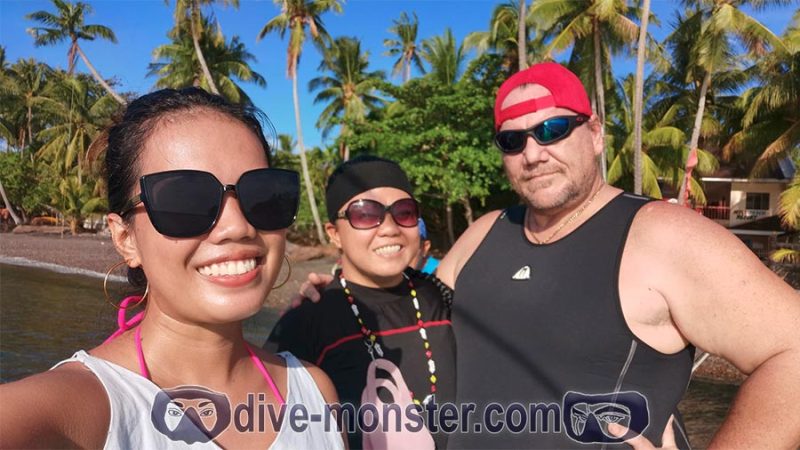

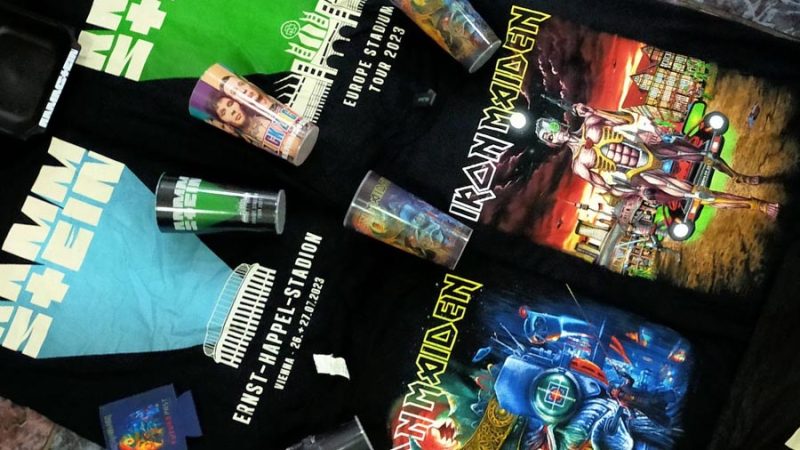
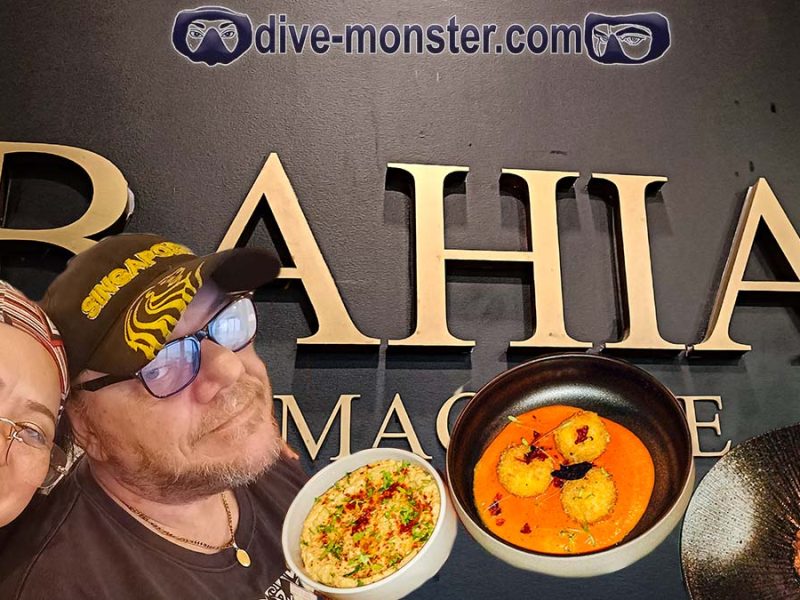

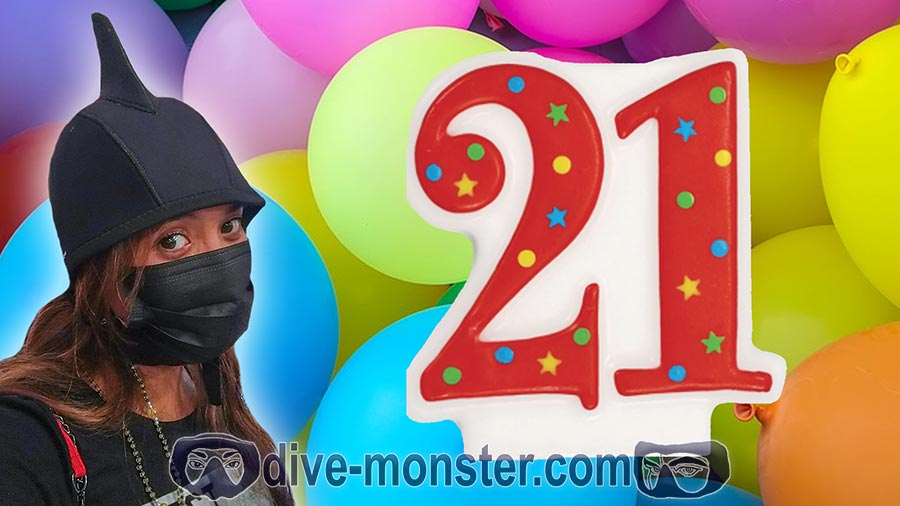
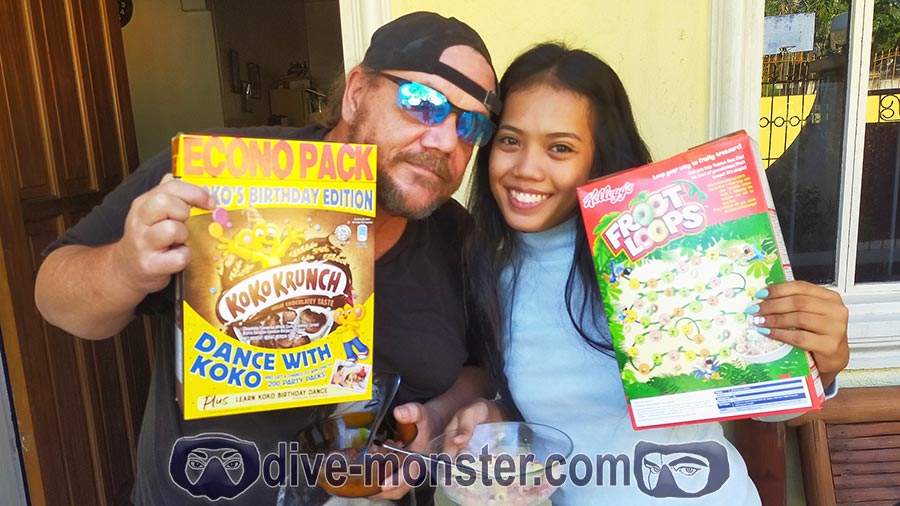
and part 5 ?
well Freddy here you go…